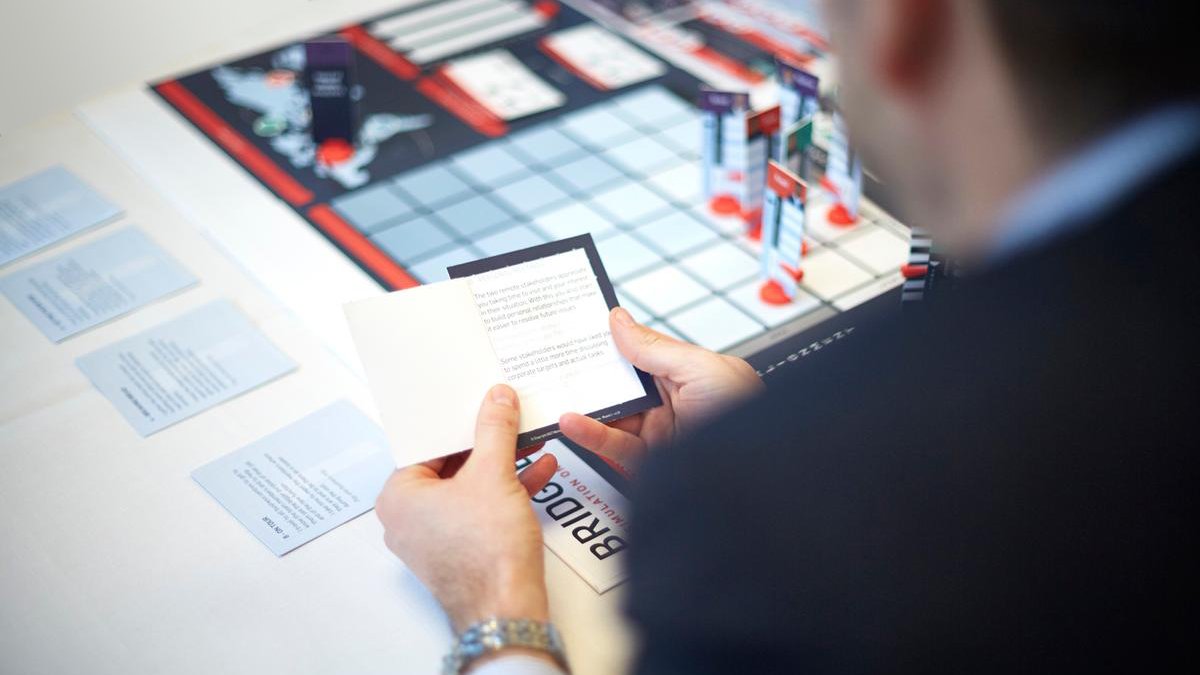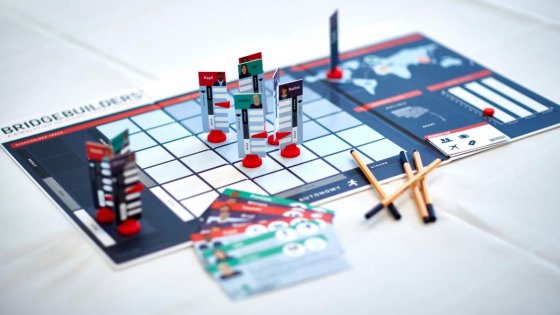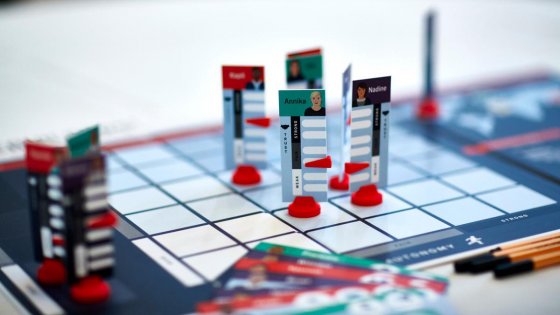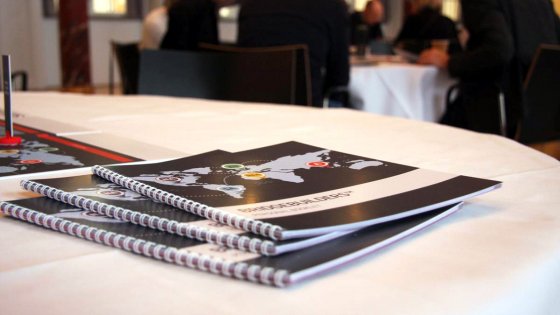Distributed teams are changing the global workspace. Inherently, this presents new demands to the leaders managing them.
Organisations may decide to be present in new emerging markets, operate on a global scale, or simply take on a matrix structure that requires leadership across distance.
The upside of distributed teams is flexibility and agility. The downside is the risk of incoherent teams and performance plummeting. Bridgebuilders® helps you steer clear of the pitfalls.
"Working with Workz in general and the Bridgebuilders® exercise in particular have been a great pleasure. The leadership simulations stimulate, as we like to say at IMD, real learning with real impact for our executives.”
- Robert Hooijberg, Professor of Organizational Behavior, IMD
Being present from a distance
Technology is making the world smaller, but it can only take you so far. As a leader of distributed and diverse teams you have to foster motivation, trust and autonomy in every individual from a distance.
Bridgebuilders® will help you develop your capability to build teams and increase team performance. You will face roadblocks that interfere with team dynamics and overcoming them will require attention to personal and cultural traits and needs.
Getting your priorities straight
There is a time and place for everything. That goes for leadership too. Bridgebuilders® will have you prioritise leadership actions. What is urgent while the team is being formed, and what can you do to help them perform later on? Actions should benefit not only your team but also stakeholder relations with local affiliates.
During the simulation you will track the quality of your team’s deliverables. Essentially, this is a reflection of your efforts.
The simulation lets you explore what would have happened if you had taken a different route. The aim is not to beat the simulation but rather to reflect on your priorities to make better decisions in real life.
” We often see that leading from a distance forces leaders to make hard priorities and trade-offs – when is a virtual meeting sufficient and when do we need to meet face-to-face to build trust and personal relationships? Bridgebuilders® trains the ability to make these hard choices.”
- Ask Agger, CEO at Workz








